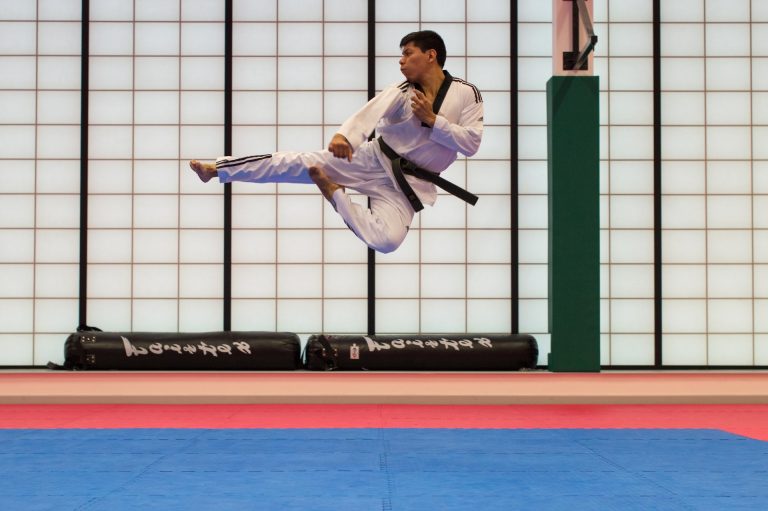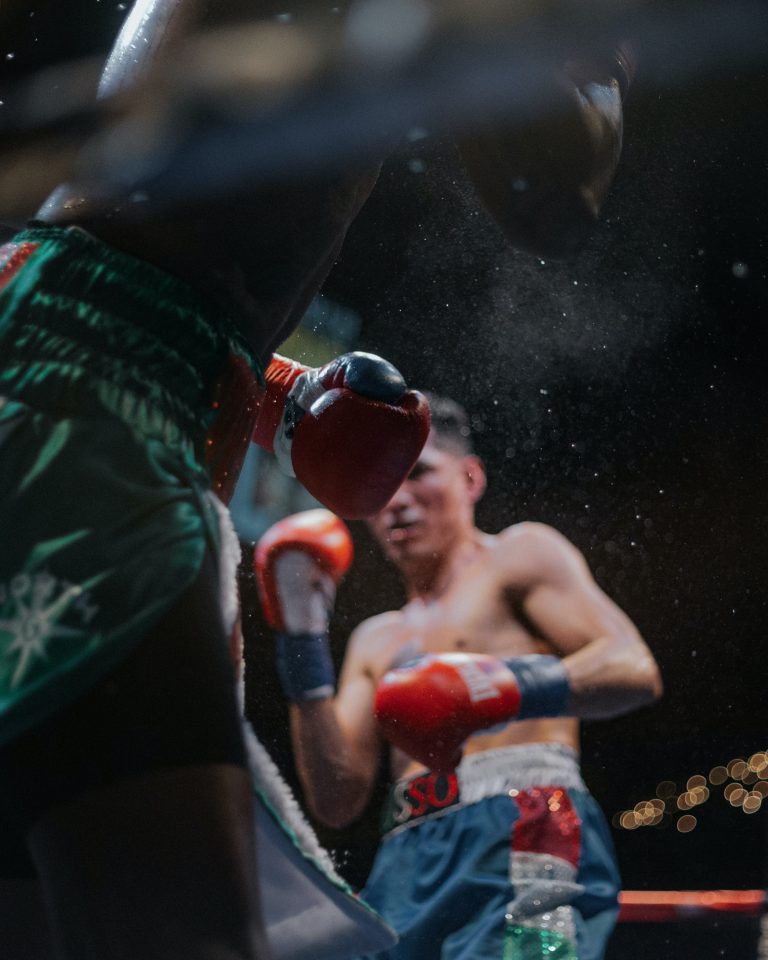Do Karate Belts Transfer?
Karate is a popular martial art, and its grading system involves earning different colored belts for progression. There are several reasons why someone may wish to transfer their karate belt to a new dojo. Maybe they moved to a new location, or their previous dojo closed down. Regardless of the reason, one of the most common questions asked by those transferring is whether or not their karate belt will transfer with them.
In this article, we’ll explore the question of whether or not karate belts transfer and explain everything you need to know about belt transfer.
Understanding the Grading System
Before we dive into the question of belt transfer, let’s take a brief look at the grading system in karate. In general, there are six main belt colors in karate: white, yellow, orange, green, blue, brown, and black. Some dojos may have additional colors, but these are the most common.
Each belt color signifies a different level of skill and knowledge in karate. Typically, the colored belts are split into two categories: kyu and dan. Kyu ranks are the colored belts, while dan ranks are the black belts.
To advance from one belt color to the next, students are required to take a grading test. This test involves demonstrating proficiency in various techniques, forms, and sparring. Passing the test earns the student the next belt color and signifies that they have reached a certain level of mastery.
The Issue of Belt Transfer
Now, let’s address the question at hand: do karate belts transfer?
The answer to this question is not simple, and it largely depends on the individual dojo’s policies. Some dojos may recognize previous belts earned at other dojos, while others may require that students start from scratch.
Often, the decision to transfer belts is up to the head instructor or master of the dojo. They may choose to review the student’s previous training and determine whether their skills match up with the equivalent belt in their new dojo. Some instructors may even require that the student demonstrate their skills in person before awarding them a new belt.
It’s important to note that even if a student’s belt is recognized at their new dojo, they may still be required to learn new techniques or forms. This is because each dojo may have their curriculum, even though the foundational techniques of karate remain the same.
Why Do Some Dojos Not Recognize Belt Transfer?
There are several reasons why a dojo may not recognize a student’s previous karate belts. One of the most common reasons is that the grading standards may differ from one dojo to another. For example, one dojo may require students to demonstrate more advanced techniques before earning a certain belt color than another dojo.
Another reason for not recognizing belts may be due to differences in teaching styles. Each master or instructor may have a unique teaching style, which may result in differences in the proficiency of their students.
What Should You Do If You Want to Transfer Your Belt?
If you are moving to a new location and are hoping to continue your karate training at a new dojo, the best thing you can do is to communicate with the new dojo. Reach out to the head instructor or master and ask about their belt transfer policies.
If the new dojo does not recognize your previous belt, don’t take it personally. Instead, view it as an opportunity to learn and grow as a martial artist. Use the experience as motivation to work harder and improve your skills.
Final Thoughts
In conclusion, the question of whether or not karate belts transfer is not a simple one. It largely depends on each individual dojo’s policies and grading standards. Regardless of whether your belt is recognized at your new dojo, remember that the journey of becoming a skilled martial artist is never-ending. Keep practicing and improving, and you will continue to advance in your karate practice.
Do Karate Belts Transfer?
Introduction:
Karate is an ancient martial art that is popular all around the world. The practice of this art is based on a system of colored belts that indicate the level of expertise of the practitioner. As with other martial arts, Karate belts have become a symbol of recognition and achievement. However, students who move to a new dojo or a new school often wonder if their belts will transfer with them. In this article, we will answer some of the most common questions about Karate belt transfers.
What is a Karate Belt?
A Karate belt is a length of cloth that is worn around the waist during training and competitions. The color of the belt indicates the rank of the practitioner. The belt ranking system was introduced by Jigoro Kano, the founder of Judo, in the late 19th century, and it was later adopted by other martial arts, including Karate.
What Does It Mean to Transfer a Karate Belt?
Transferring a Karate belt means that a student who has achieved a certain level of expertise in one dojo or school can continue their training in another dojo or school without having to start from scratch. Belt transfers are important for students who move to a new city, country or those who wish to switch to a different dojo/school.
Can You Transfer a Karate Belt?
The answer to this question is not straightforward. Not all Karate schools or dojos honor belt transfers. Some schools require that students start over from the beginning, while others recognize previous training and experience. Generally, dojos affiliated with the same organization will honor a student’s rank when they move to another affiliated branch.
Can You Transfer a Karate Belt to a Different Style of Karate?
Transferring a Karate belt to a different Karate style is more complex than transferring to another school or dojo. Different styles of Karate have different criteria for belt ranking, and a student may have to start over from the beginning if they switch to a different style. However, some styles recognize the previous experience of a student and may allow them to continue at the same rank.
How Do You Transfer a Karate Belt?
If a student wishes to transfer their Karate belt to another dojo, they should speak to their new instructor or sensei about the transfer process. Students may be required to prove their experience and demonstrate their skills to the new sensei. The new sensei may also contact the previous sensei to confirm the student’s rank and experience.
Do Karate Belts Transfer?
Introduction
Karate is a martial art that involves various levels of proficiency, which are indicated by different colored belts. The progression of belts is designed to symbolize the growth and advancement of a practitioner’s skills.
However, what happens to a karateka’s belt when they transfer to a new dojo or move to another state or country? Do they keep their rank or start again from the beginning? In this guide, we will explore whether karate belts transfer and how to handle this issue.
Understanding Karate Belts and Rank
Before delving into the issue of transferring karate belts, it’s important to understand how they are earned and what they represent. In karate, there are typically ten ranks or levels of proficiency, each indicated by a different colored belt.
The ranks are known as kyu and dan, with the highest rank being tenth dan. The belts start from white, then yellow, orange, green, blue, purple, brown, and black belts, with different degrees of black belts indicating higher ranks.
To progress from one rank to the other, a karateka must demonstrate proficiency in various techniques, including katas (formal exercises), sparring, self-defense, and conditioning. The requirements vary depending on the style of karate and the jurisdiction.
Does Karate Belt Transfer?
Whether karate belts transfer or not depends on several factors, including the acclimation process and the requirements of the new dojo. In some instances, karateka may be required to begin from scratch, while in others, their previous rank may be recognized.
Here are some possible scenarios:
Transferring to a Dojo of the Same Style
Karateka transferring to a dojo of the same style and organization, such as Shotokan or Goju-ryu, are likely to have their belt rank recognized. However, this will depend on individual dojo policies and the student’s previous experience level.
It’s important to note that some dojos may require a probationary period and proficiency testing to assess the new student’s skills and knowledge.
Transferring to a Dojo of a Different Style
If a karateka transfers to a dojo of a different style, the decision to recognize their previous rank may be more complicated. Some dojos may opt to start the student at a lower rank, such as a white or yellow belt, until they have acclimated to the new style.
However, some dojos may be willing to recognize the student’s previous rank and require only a probationary period or proficiency testing to assess the new student’s skills and knowledge.
Transferring to a Dojo in a Different Jurisdiction
If a karateka transfers to a new dojo in a different jurisdiction or country, the decision to recognize their previous rank may also vary. Some countries may have different requirements for belt progression, making it challenging to compare ranks accurately.
In this case, students may be required to demonstrate their skills and knowledge through proficiency testing, with their rank being recognized based on the results.
Important Considerations
When transferring to a new dojo, there are a few essential factors to keep in mind:
Dojo Policy:
Every dojo has its policies regarding transferring students and recognizing their ranks. It’s crucial to inquire about these policies and understand the expectations before joining a new dojo.
Communication with Instructors:
It’s essential to communicate with the new instructors about the previous rank, training, and experiences to help them make informed decisions about recognizing the student’s rank.
Open Mind:
Transferring to a new dojo is an excellent opportunity to learn and grow. It’s essential to have an open mind and embrace the opportunity to learn new techniques and approaches.
Conclusion
In conclusion, whether karate belts transfer depends on several factors, including the acclimation process and the requirements of the new dojo. In most cases, students may have their rank recognized under the right circumstances, such as transferring to a dojo of the same style.
However, it’s crucial to understand and respect the new dojo’s policies and requirements and communicate effectively with the instructors to help make informed decisions about recognizing a student’s rank.
Lastly, it’s essential to have an open mind and embrace the opportunity to learn new techniques and approaches, as transferring to a new dojo presents an excellent opportunity for growth and advancement in the art of karate.
Inhaltsverzeichnis






